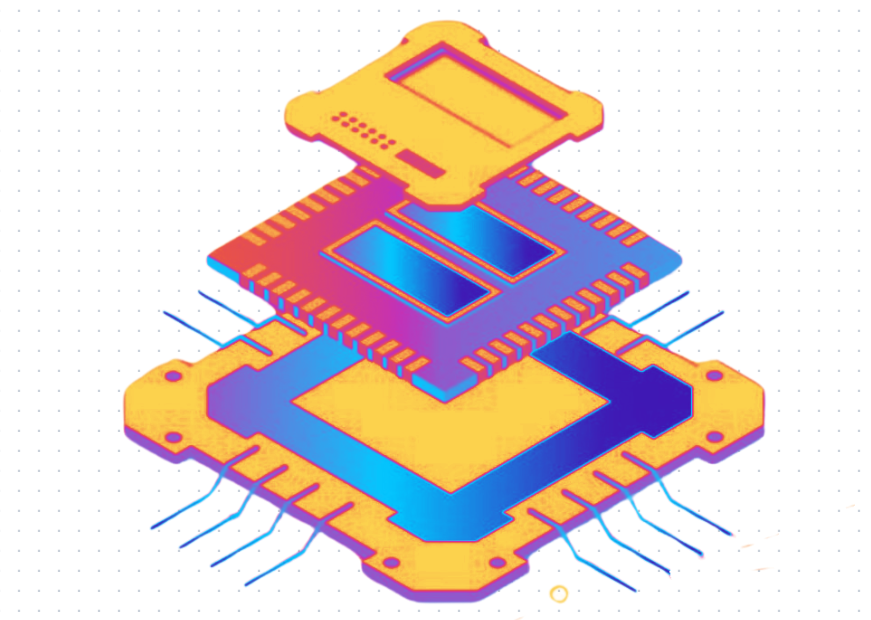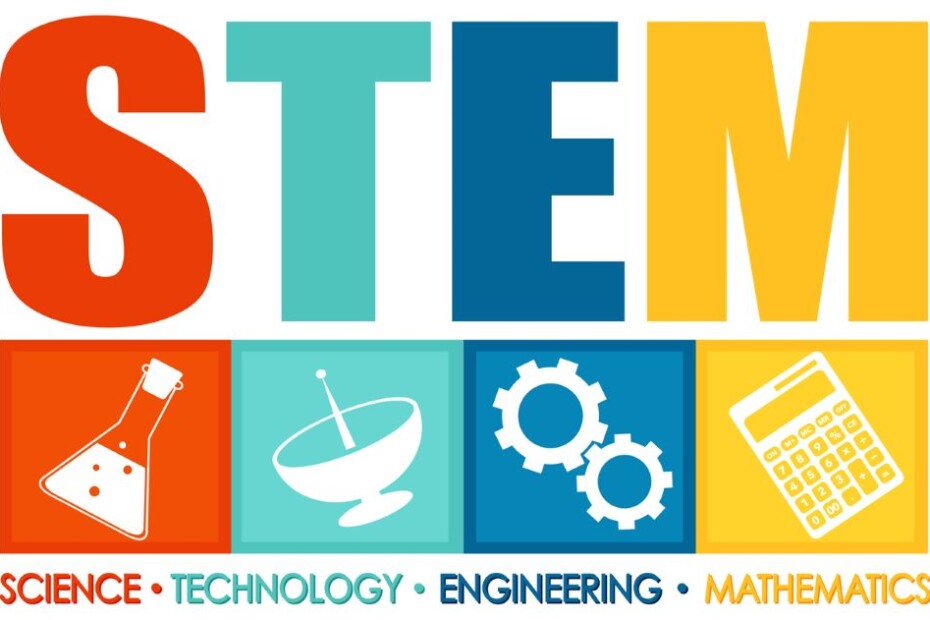Vegas Falcons Patrol the Sphere
Lately, when the physical world poses a problem, the first instinct of the Silicon Valley mind is to respond, “Oh, there’s a technology to fix that.”
Throwing more tech at the flaws in technology is a malaise not new, but increasingly prevalent in recent times.
For sure, there are technologies that can solve technology problems. But we often forget that there are effective alternatives that don’t require the services of an EE, or even an electrician.
Or electricity.
I was reminded of this humble truth during the Consumer Electronics Show in Las Vegas earlier this month.
Read More »Vegas Falcons Patrol the Sphere








